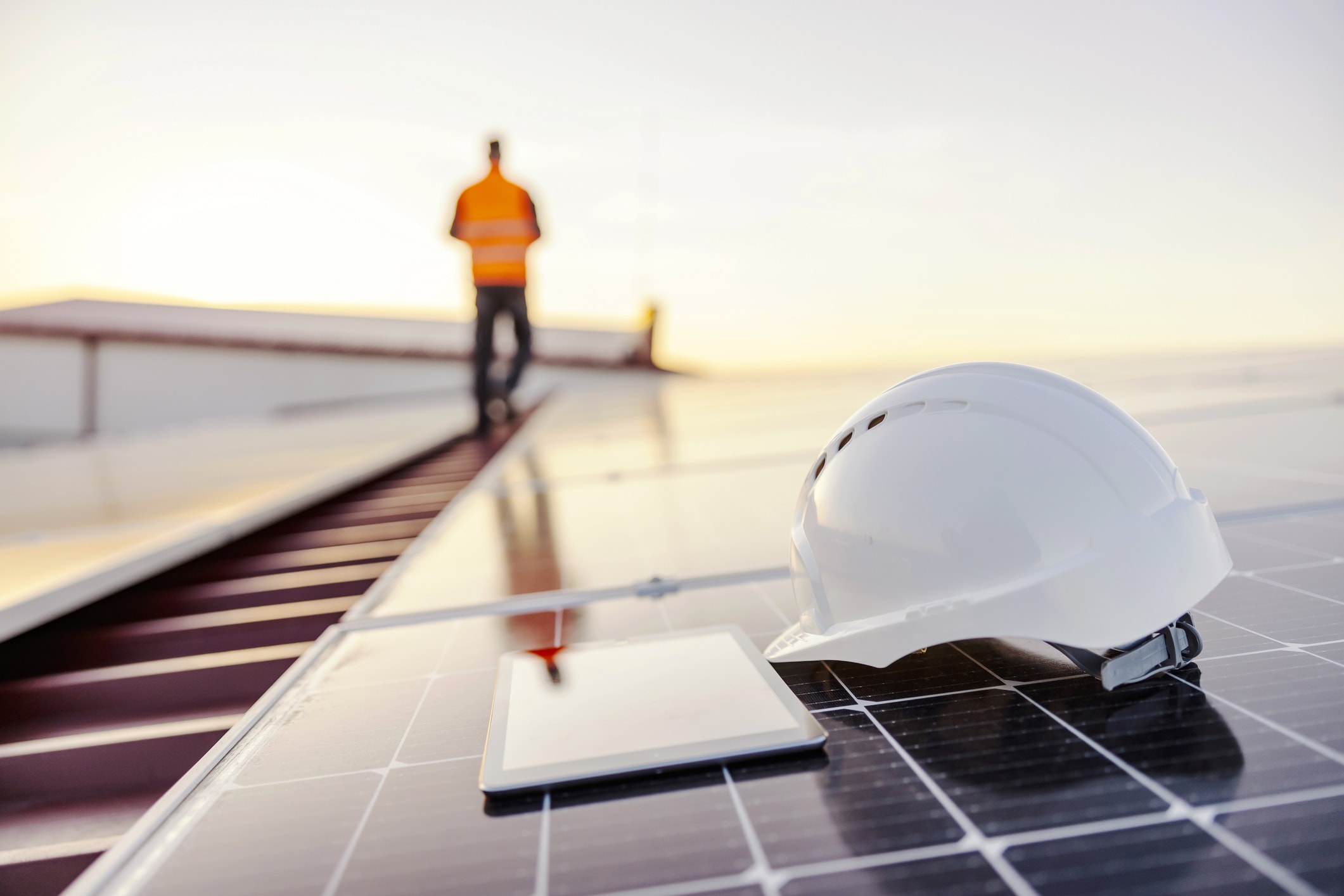We recently started covering ESG in depth, starting with the “E” in ESG as part of a three-part series. KBS’ commitment to being a leader in sustainability has been further reinforced with the appointment of ESG manager, Apaulo Malloy, to head the company’s efforts and its recently created “Green Team.” The question is, what ESG trends will develop or continue and how can CRE companies like KBS prioritize their efforts to deliver the greatest results.
Though some sources, including Urbanland, cited macroeconomic uncertainty as a possible reason to scale back aggressive movement in sustainability efforts, other entities aren’t letting that deter their commitment to their sustainability efforts. And regulatory agencies are not willing to accept the rationale that change can only be made when the economy has no headwinds. It’s likely why governments and collaborative agencies worldwide are imposing strict deadlines.
“One thing’s clear, there’s never a good time for change. And waiting or debating aren’t options,” says Malloy. “Those leading the charge in ESG are the ones who’ll make the greatest impact on CRE. Investment dollars that go toward sustainability actually do have high ROI, as they result in much more efficient energy use.”
To understand how investments in creating sustainable buildings can reap benefits, see the KBS article, “Green and Clean — the Importance of ESG for the Built Environment.”Here are the top sustainability trends taking shape today:
- Increased pressure on energy and carbon targets — Initiatives such as the United Nation’s Race to Zero, the United States’ Net Zero Government Initiative, and the California Climate Commitment, have deadlines of 2050 for carbon neutrality. California’s deadline is 2045. Rebuilding or retrofitting all CRE worldwide to achieve zero emissions will take extensive planning and innovation. Add to this the Securities and Exchange Commission’s Climate Ruling with a deadline of 2024, where investors will have to account for the carbon footprint for their overall investments, including their real estate portfolios, so the time is now address and resolve these issues.
- More investment in sustainable infrastructure — According to Aquicore, broad adoption of EV vehicles, integration of charging technology and expansive use of solar panels will be essential to reducing scope 1, 2 and 3 emissions. These should be a starting point for all buildings and municipalities. The World Economic Forum contends digitalization alone can reduce global emissions by 20%; the integration of smart technologies, such as thermostats, lighting, water usage and waste disposal is just the beginning.
- Increased demand for ESG professionals — Also from Aquicore, with CRE and other real estate organizations worldwide putting ESG as a key priority — and the practice itself requiring extensive knowledge and expertise — demand for talent is skyrocketing.
“The competition for top-tier ESG professionals worldwide is already tough and continues to soar,” says Malloy.” Those particularly skilled in CRE are even more in demand. The key is finding talent that can lay the groundwork, design long-term goals, and successfully implement policies and procedure. There are some serious deadlines on the horizon, and meeting them will take much more than a collaborative effort.” - Make decarbonization manageable and profitable — JLL says net-zero buildings are achieving record rents as tenants and investors increasingly look for properties that align with their values and ESG goals. AZO CleanTech contends as energy prices rise, energy-efficient buildings are becoming more sought after and more valuable. The result is higher net operating income for landlords and an overall healthier work environment for tenants.
- Harness technology as an enabling force to meet ESG and net zero carbon goals — According to McKinsey, “Climate technology is the single most important contributor to the decarbonization transition. Leaders must embrace and scale it now to drive sustainable growth for their organizations — and a sustainable future for the planet,” says Bernd Heid, McKinsey senior partner and MPCT co-leader.
We know about solar, wind, EV transportation, and LED lighting, but other green technology includes expanding hydrogen use, wastewater treatment and purification, waste-to-energy conversions (burning landfills or capturing methane and cleaning it), vertical farming and greenhouses, batteries, carbon capture and storage, and carbon-tracking software. - Increased collaboration between public and private institutions to achieve goals — Solving the climate crisis falls on everyone from neighbors to competitors to global partners. Governments, academia, and private businesses all have a role to play. And sharing this knowledge, either through collaborative policy taskforces, information warehouses, or cross-industry training, will help everyone achieve their goals. McKinsey cites systemic changes in areas such as capital investment, scaling economics, stabilizing prices, meeting regulatory requirements, etc., are required. Collaboration in the development and deployment of technologies and safely sharing data will all be necessary to meet aggressive goals.
“Leading players in the climate technology ecosystem and partner organizations are on the frontlines of climate innovation. These include the Hydrogen Council, the Long Duration Energy Storage Council, and the Coalition for Negative Emissions,” says McKinsey.
Outside of the gains, the pace of change still needs to accelerate and the willingness to adopt new solutions and materials must increase.
“In order to meet the goals posed by the U.S., United Nations and others, including California, it’ll require concentrated efforts at every level,” says Malloy. “Commercial real estate needs to be ahead of the game, and companies with ESG policies in place will lead the way.”
Learn more by visiting KBS.com/Insights.




